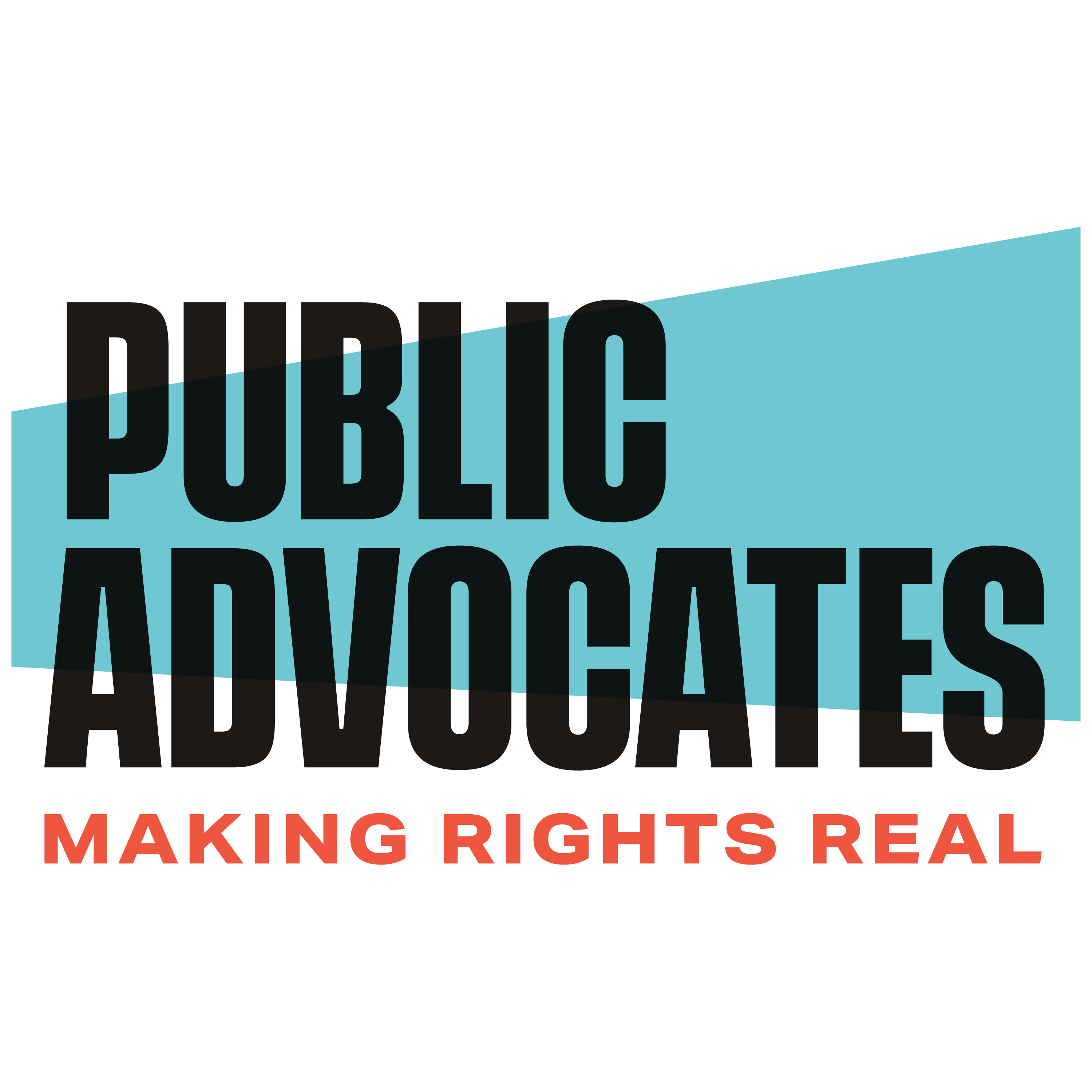Few question that public transit and infrastructure investments can bring a range of benefits to communities. Such investments increase access to jobs, shopping and services. They promote “green” living. They foster vibrant neighborhoods.
Too often, however, planners and decision makers fail to ask who will enjoy these benefits. Will it be current residents — namely, the low-income families and people of color who have suffered through decades of disinvestment? Or will those residents be driven out by rising rents, while wealthier newcomers enjoy the rewards that flow along with public funds?
Sadly, it’s usually the latter. That’s one reason behind our advocacy for Investment Without Displacement in Bay Area communities. Working with allies like the Asian Pacific Environmental Network (APEN), Causa Justa:Just Cause, Council of Community Housing Organizations (CCHO), PolicyLink, and Urban Habitat, we recently drafted “A Bay Area Agenda for Investment Without Displacement” (PDF), which explains what it takes to invest in communities without the unintended consequence of displacing low-income residents and local businesses. We are using this comprehensive blueprint to guide our regional and local advocacy.
The Investment Without Displacement working group is part of the 6 Big Wins for Social Equity campaign, a Bay Area-wide network of organizations using the regional planning process to win concrete benefits for low-income communities of color.
A current top priority for Public Advocates and our allies is the OneBayArea Grant program, a regional effort to channel discretionary transit infrastructure money to local governments to support transit-oriented development. Without safeguards, this money is likely to usher in a new wave of gentrification and displacement around the Bay. We recently submitted a comment letter on the proposed OneBayArea Grant program signed by 16 organizations. The letter urges regional agencies to require strong local anti-displacement policies as a condition of receiving grant money.
Building anti-displacement protections into transit investment programs is vital. Local and national studies alike have found that transit-related investments are a primary cause of gentrification and displacement. For example, according to the Dukakis Center’s 2010 report, “Maintaining Diversity in America’s Transit-Rich Neighborhoods: Tools for Equitable Neighborhood Change” (PDF):
…[T]ransit investment frequently changes the surrounding neighborhood. While patterns of neighborhood change vary, the most predominant pattern is one in which housing becomes more expensive, neighborhood residents become wealthier and vehicle ownership becomes more common. . . set[ting] in motion a cycle of unintended consequences in which core transit users — such as renters and low-income households — are priced out in favor of higher-income, car-owning residents who are less likely to use public transit for commuting. We believe that the risk that transit investment could catalyze undesirable neighborhood change is substantial enough that it needs to be managed whenever transit investments or improvements are being planned.
In other words, not only do transit investments often drive out low-income residents, they can actually decrease transit use.
Shaping policy is a long process. But by getting involved now — before decisions that could ultimately harm low-income communities of color for decades to come are made — we have the chance to stop displacement before it starts. Stay tuned.

